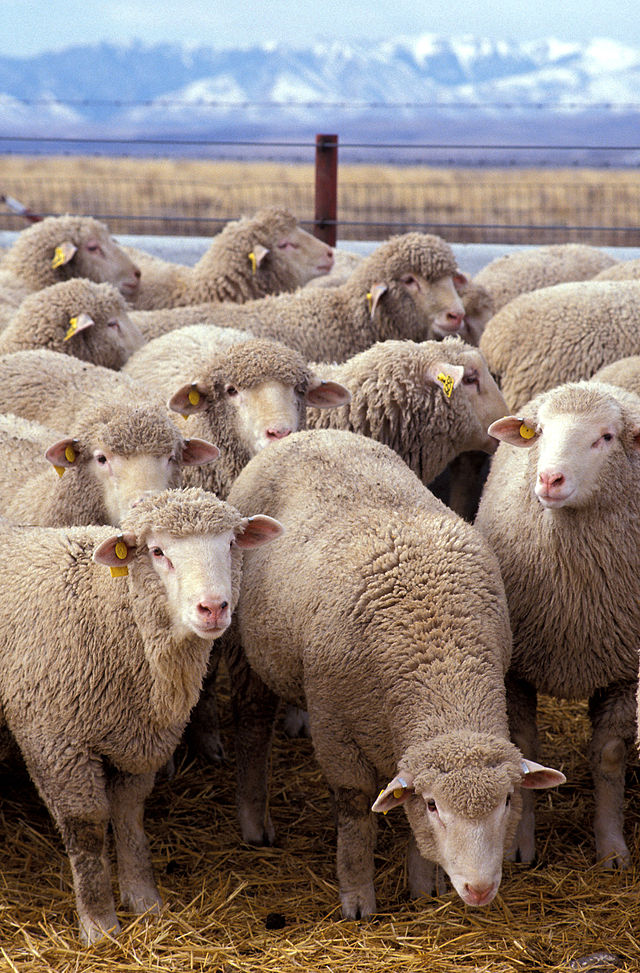The government hasn’t been upfront about the international transport of livestock, according to Dr Anne Galloway, a senior lecturer in design anthropology at Victoria University Wellington. She offers her thoughts on the shipment of live animals in the opinion pages of the Dominion Post.
 An excerpt (read in full here):
An excerpt (read in full here):
Time to come clean on live animal shipments
MV Nada, the livestock carrier carrying almost 50,000 sheep and 3,000 cattle from Timaru to Mexico is a marvel of shipbuilding. This impressive vessel is the size of two rugby pitches, equipped with 35 feed conveyers and three fresh water generators, capable of producing 1800 tonnes of fresh water daily. There are over 10,000 test points for airflow in the pen area, and fans keep the air moving at not less than 0.5 metres/second.
Despite the fact that it floats, the Nada could be described as a temporary farm. New Zealanders, however, haven’t been given the chance to decide if it ought to be one. Nor have we been given the opportunity to debate whether live export should only be prohibited when animals are going to slaughter, as is current law. Overall, the New Zealand government and our agriculture industry are doing a terrible job of publicly explaining how live exports work.
In fact, I worry that we can’t even have a productive national conversation about live export because the vast majority of New Zealanders (including me) don’t have enough good information to come to any sort of reasonable conclusion on such a complicated thing.
There are a number of ways in which government and industry could have informed the public more effectively.